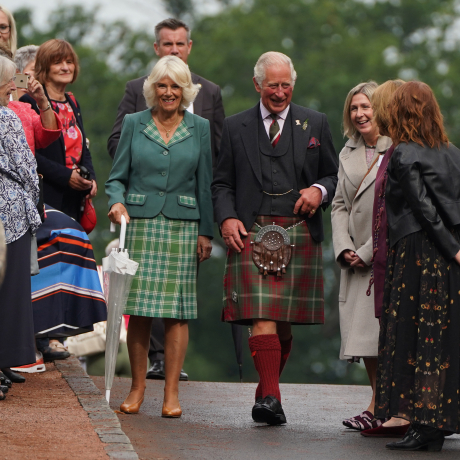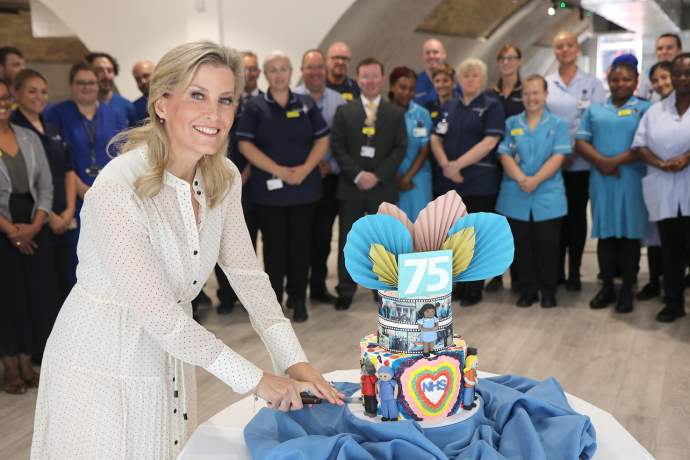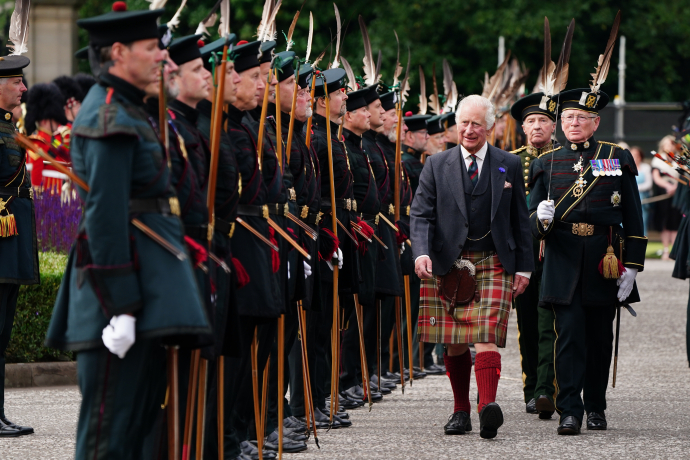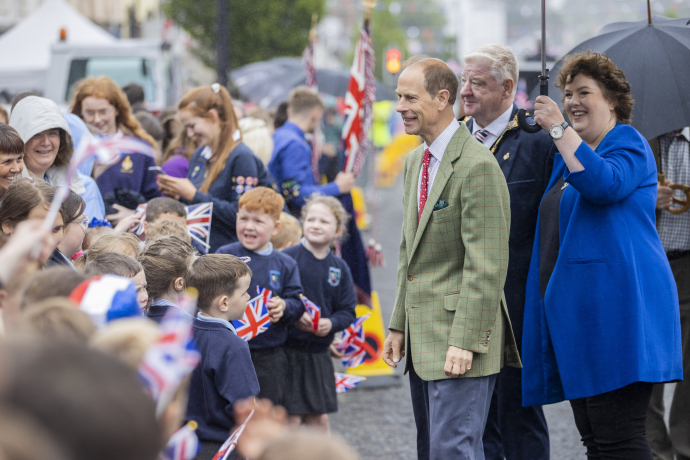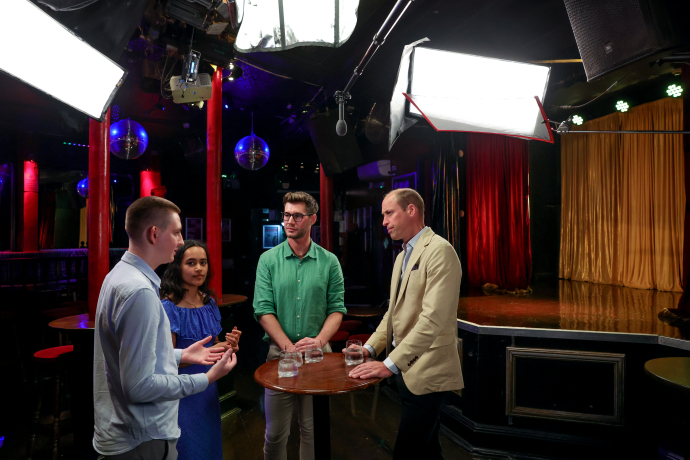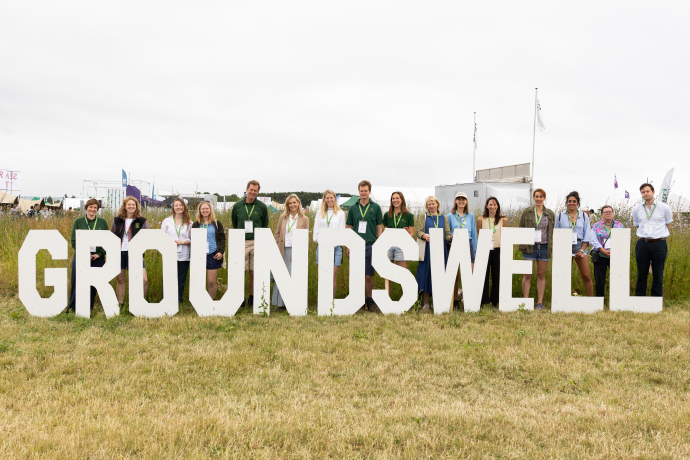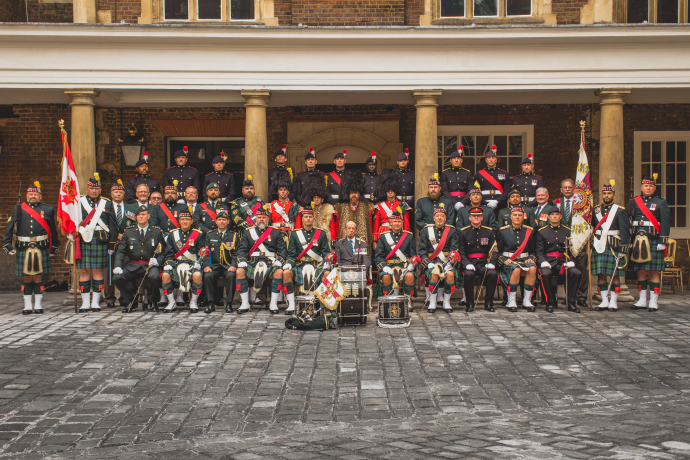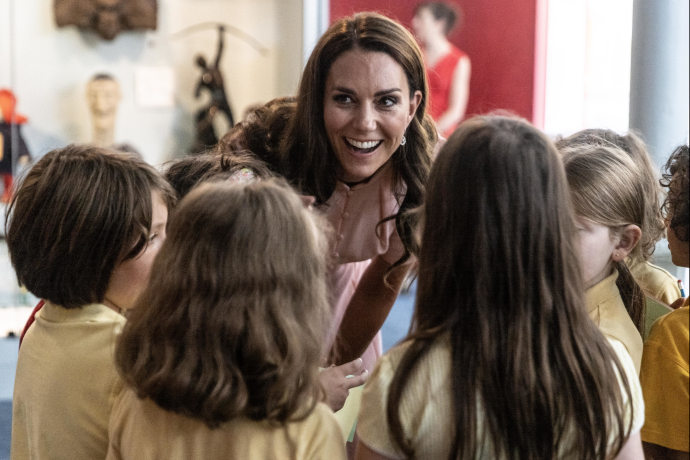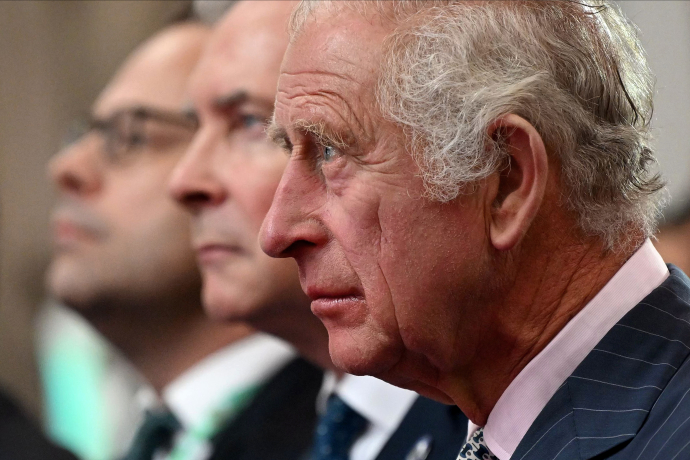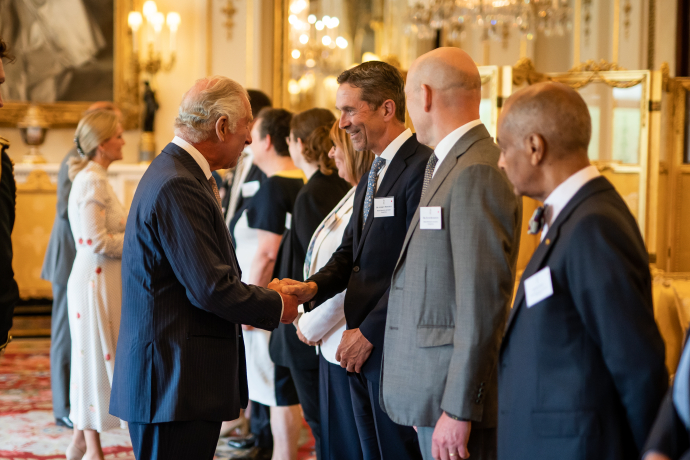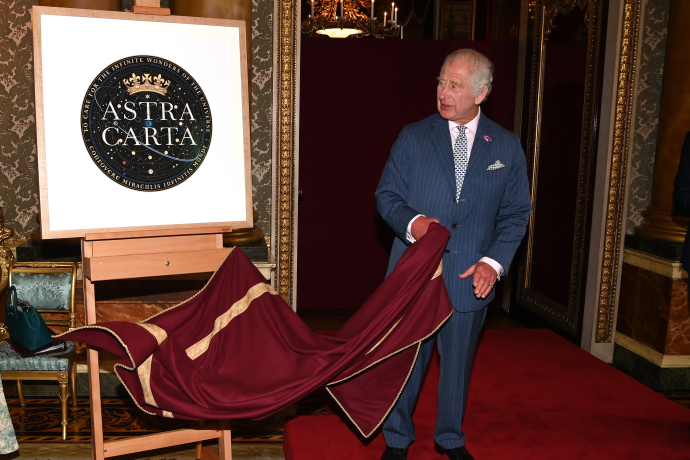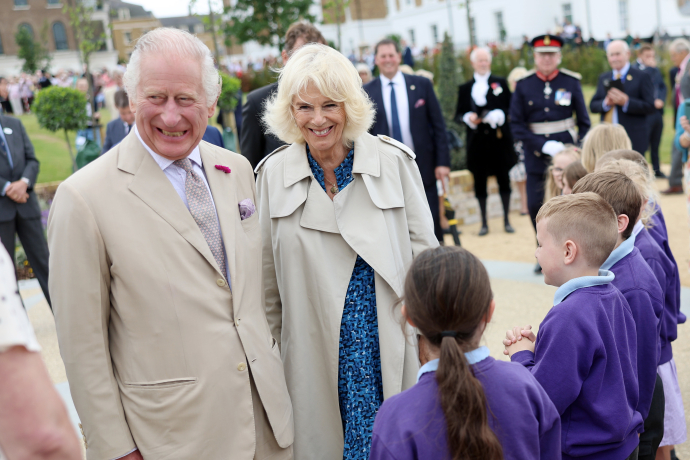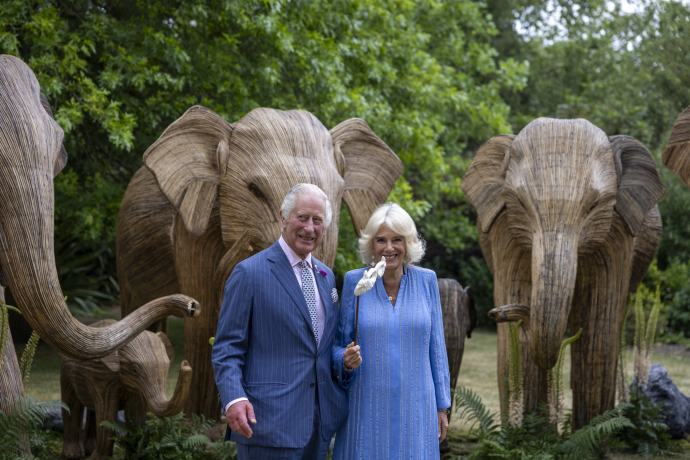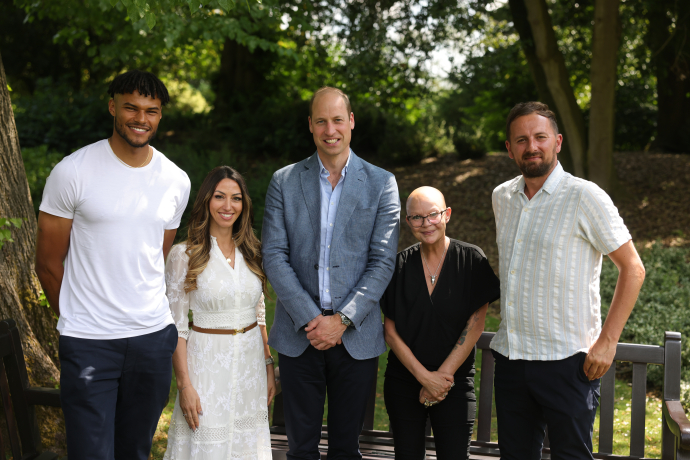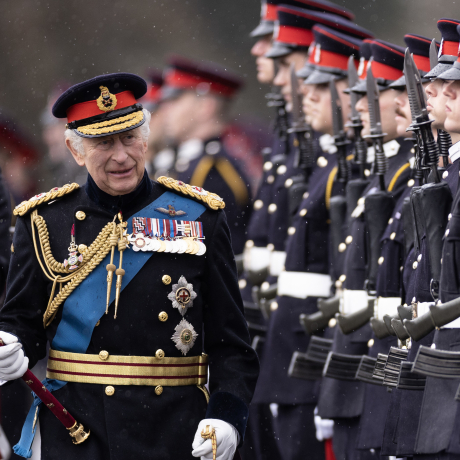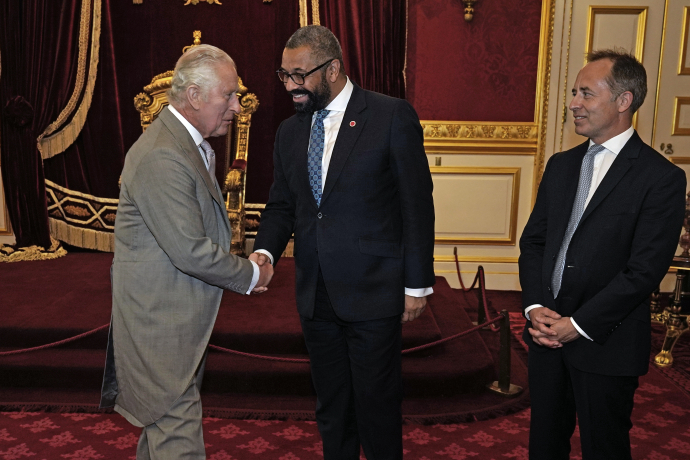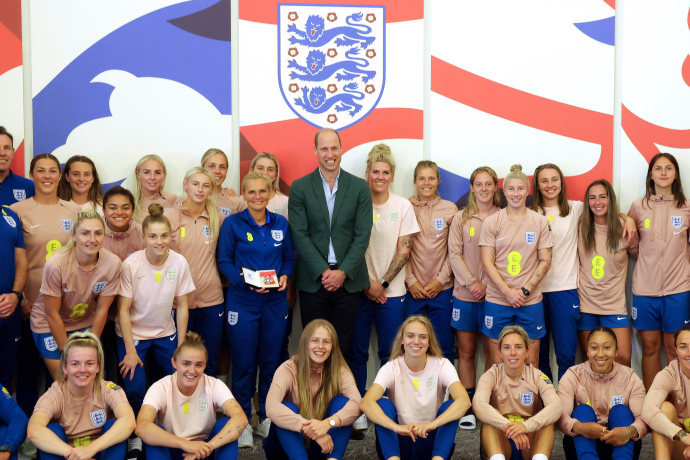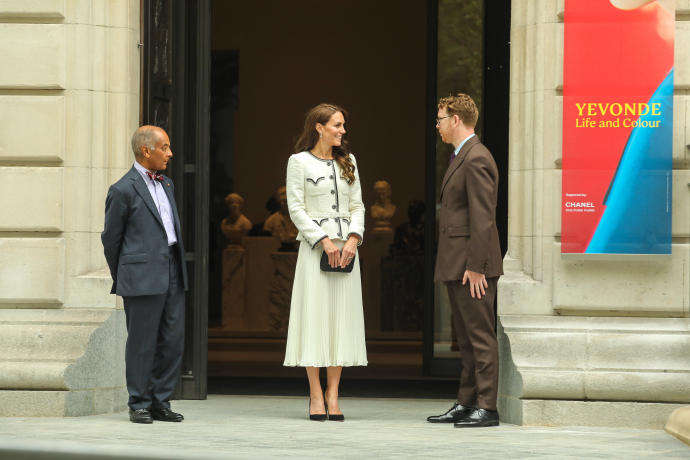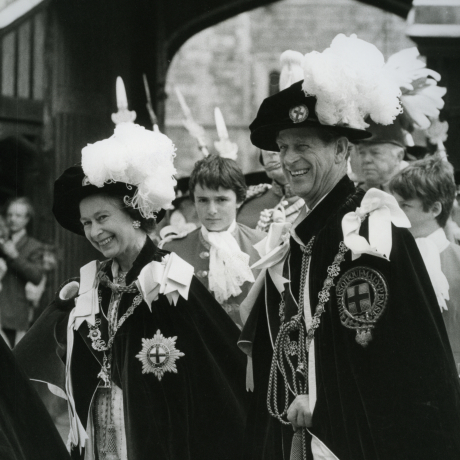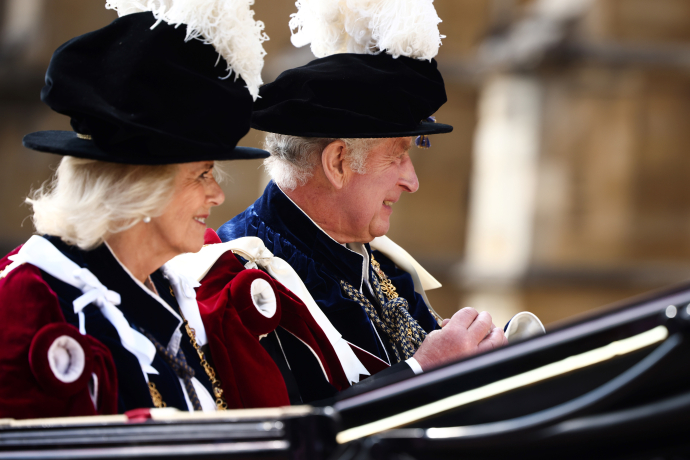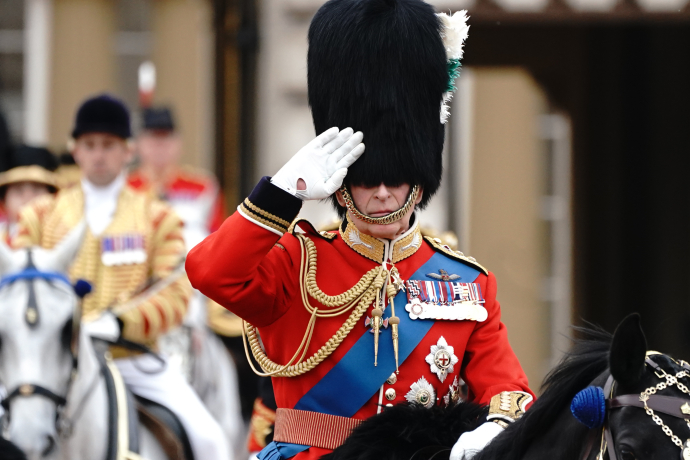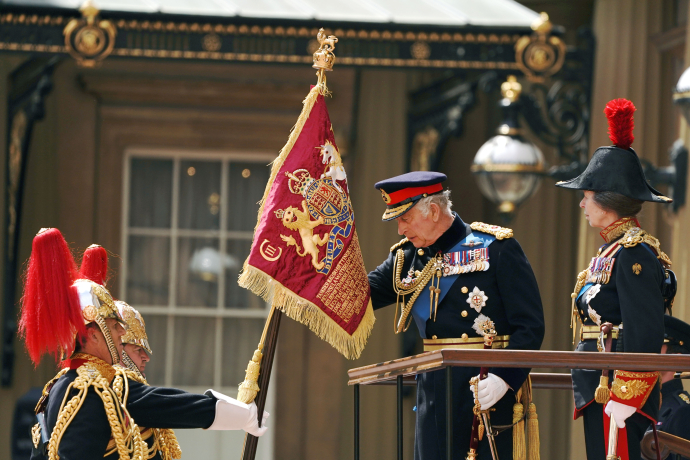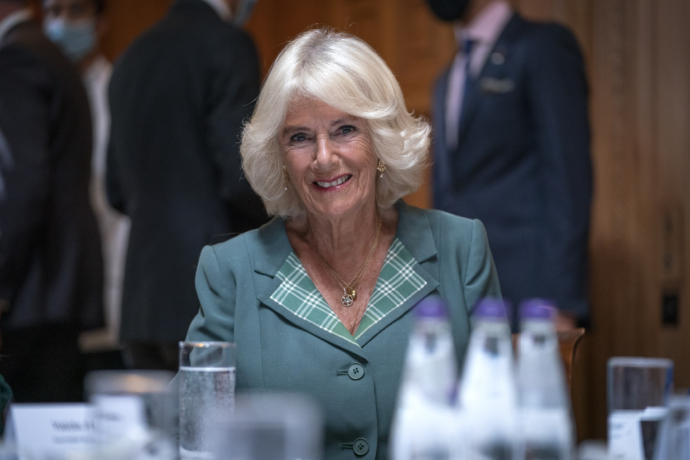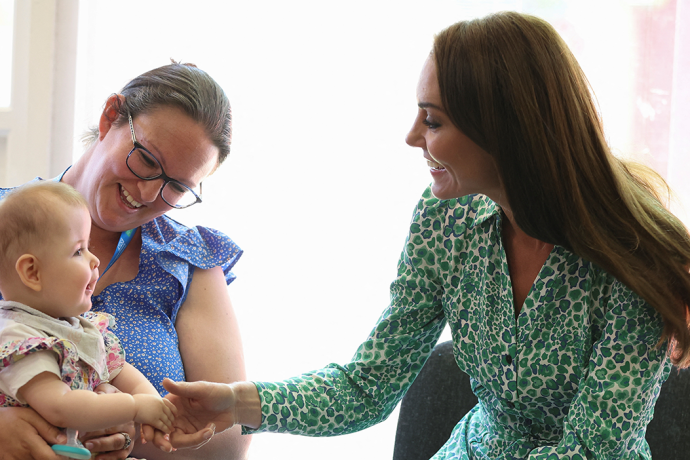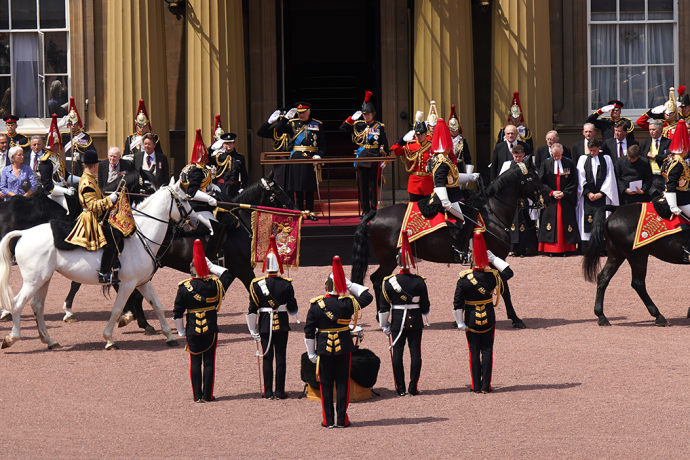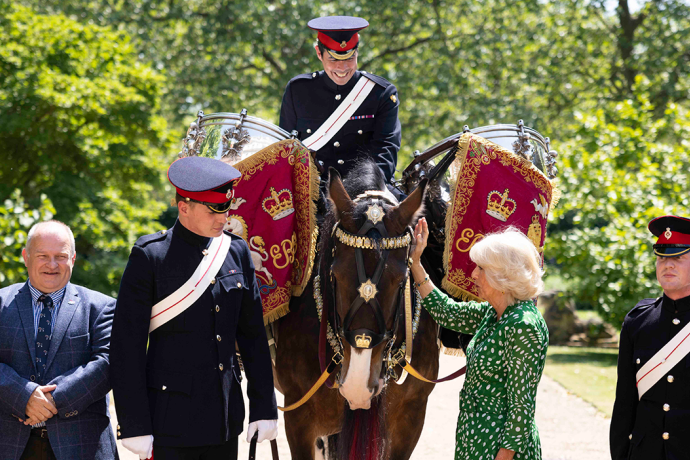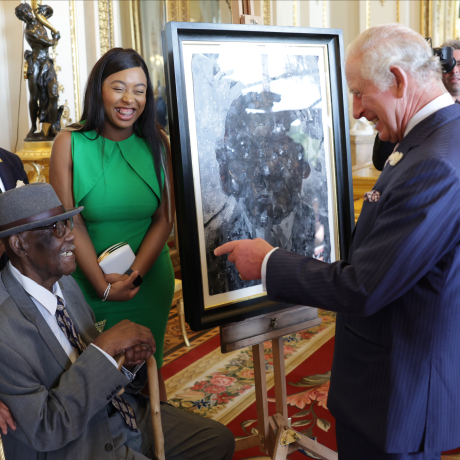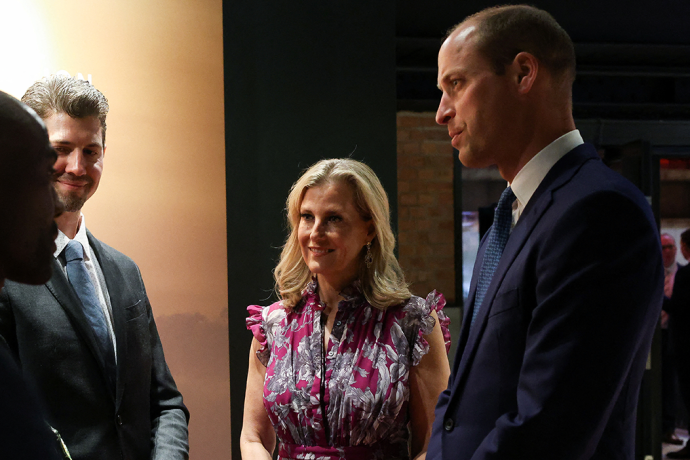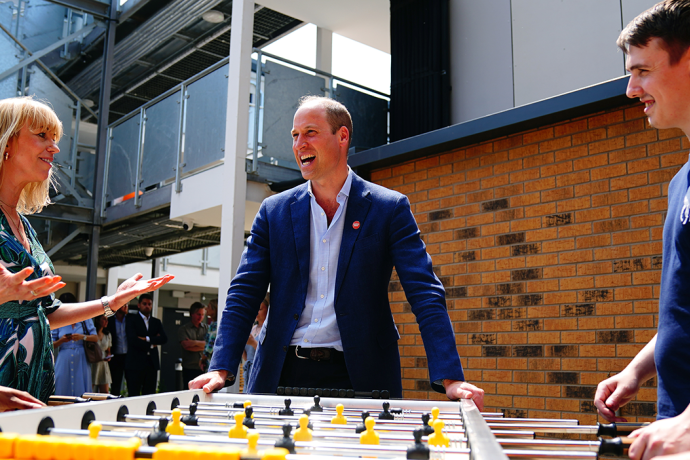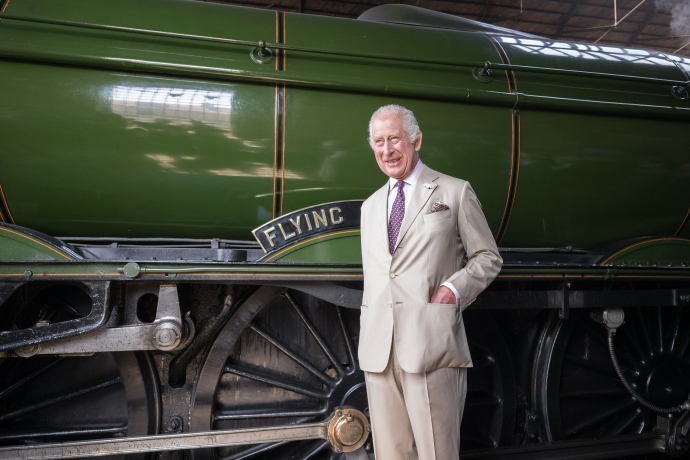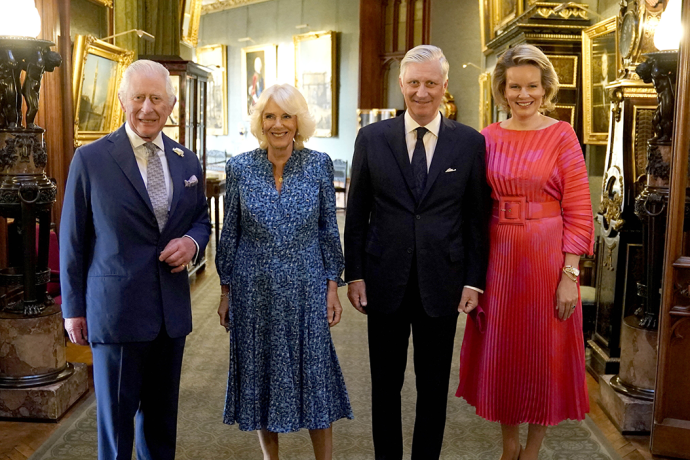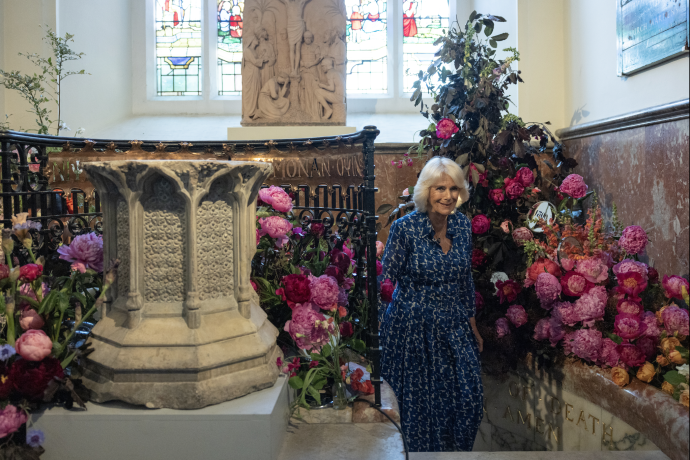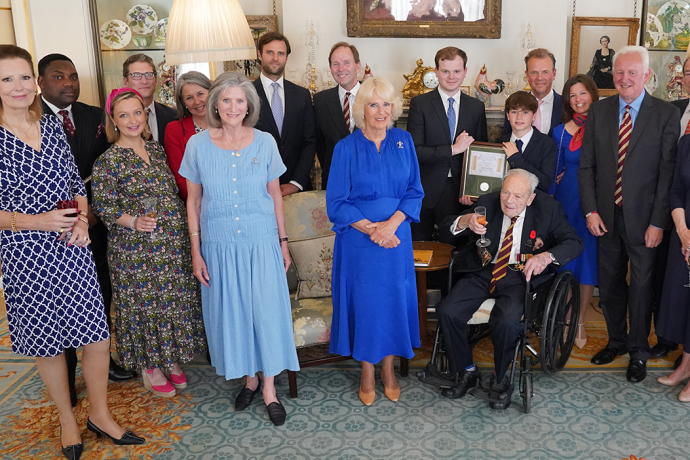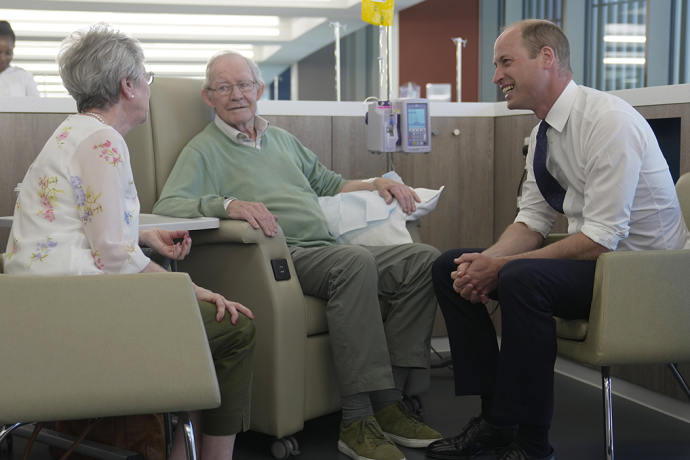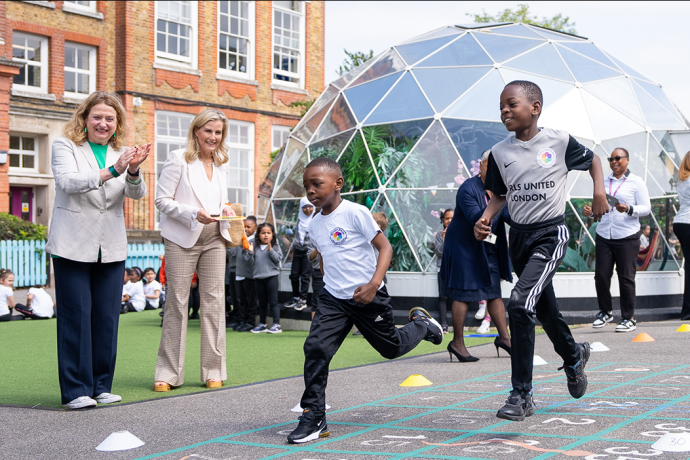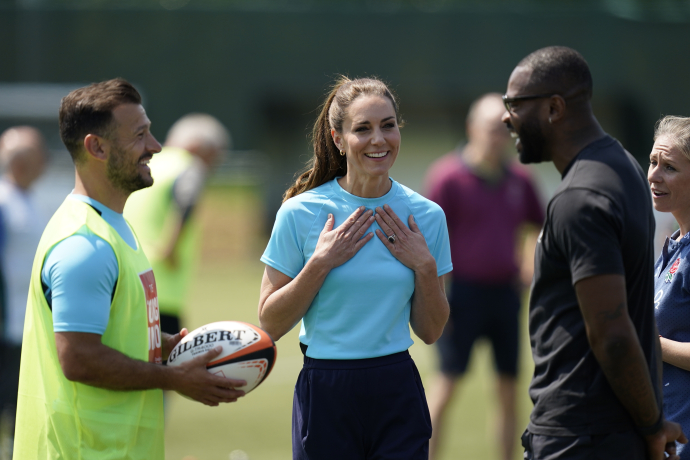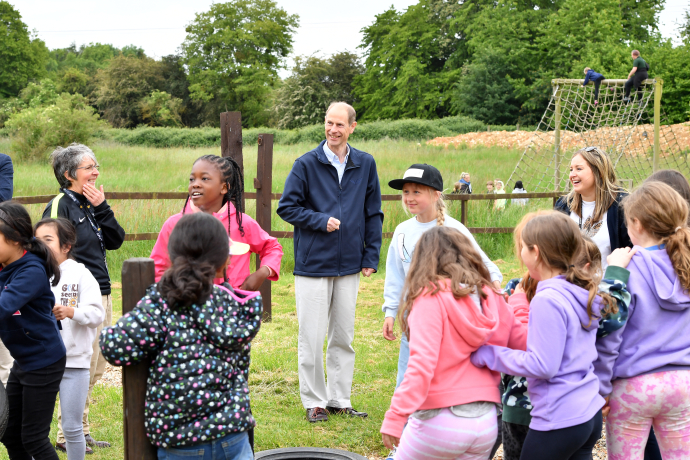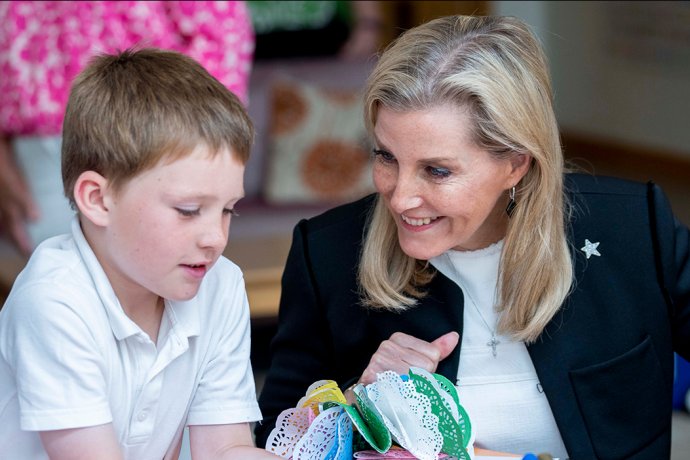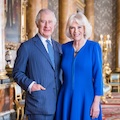The Royal Standard represents the Sovereign and the United Kingdom.
The Royal Standard is flown when The King is in residence in one of the Royal Palaces, on The King's car on official journeys and on aircraft (when on the ground).
It may also be flown on any building, official or private (but not ecclesiastical buildings), during a visit by The King, if the owner or proprietor so requests.
The Royal Standard also used to be flown on board the Royal Yacht, when it was in service and Queen Elizabeth II was on board.
Since the Union of the Crowns in 1603, the composition of the Royal Standard has taken various forms. In today's Standard there are four quarterings - England (three lions passant) in the first and fourth quarters, Scotland (a lion rampant) in the second quarter and Ireland (a harp) in the third quarter.
Wales is not represented in the Royal Standard, as its special position as a Principality was recognised by the creation of the Prince of Wales long before the incorporation of the quarterings for Scotland and Ireland in the Royal Arms.
In Scotland a different version of the Royal Standard is used, with Scottish arms in the first and fourth quarters and English arms in the second.
The Royal Standard is flown only when the Sovereign is present. If the Union Jack is flying above Buckingham Palace instead of the Standard, The King is not in residence.
When The King goes to Parliament, the Royal Standard flies from Victoria Tower.
Unlike the Union flag, the Royal Standard is never flown at half mast, even after the death of a monarch, as there is always a Sovereign on the throne.

